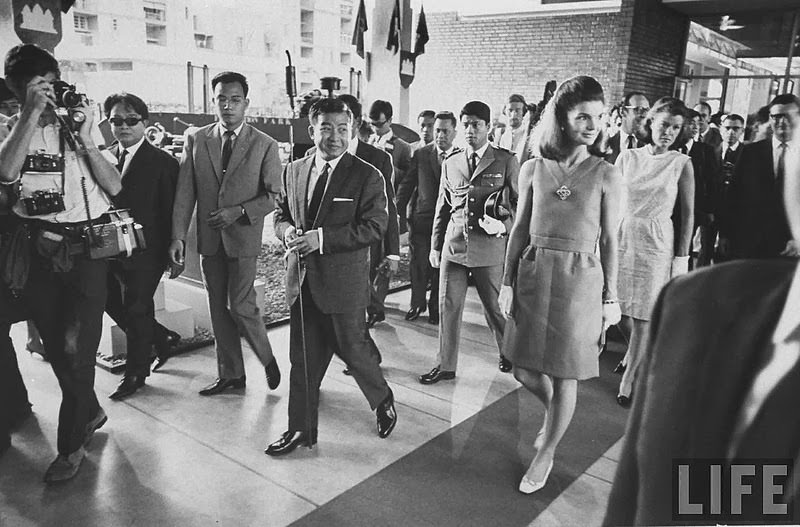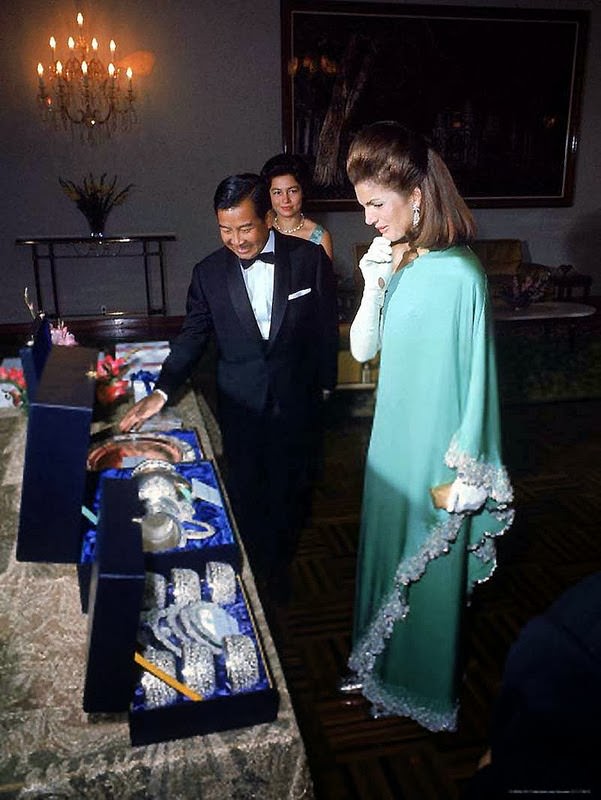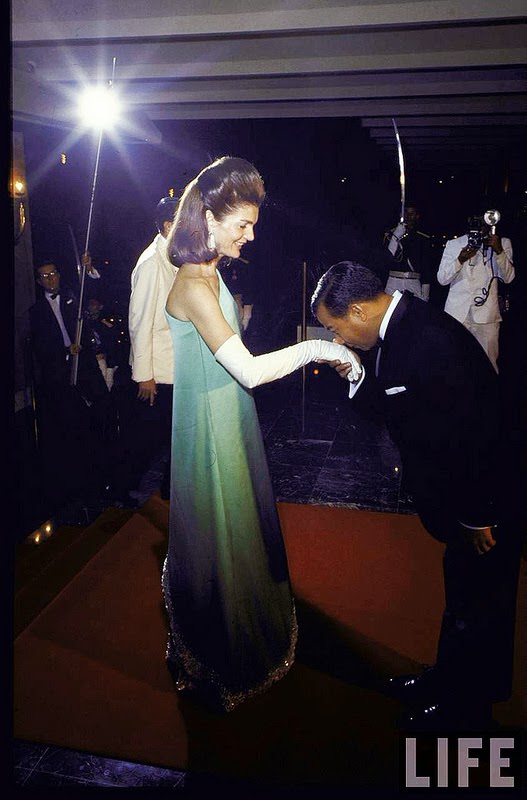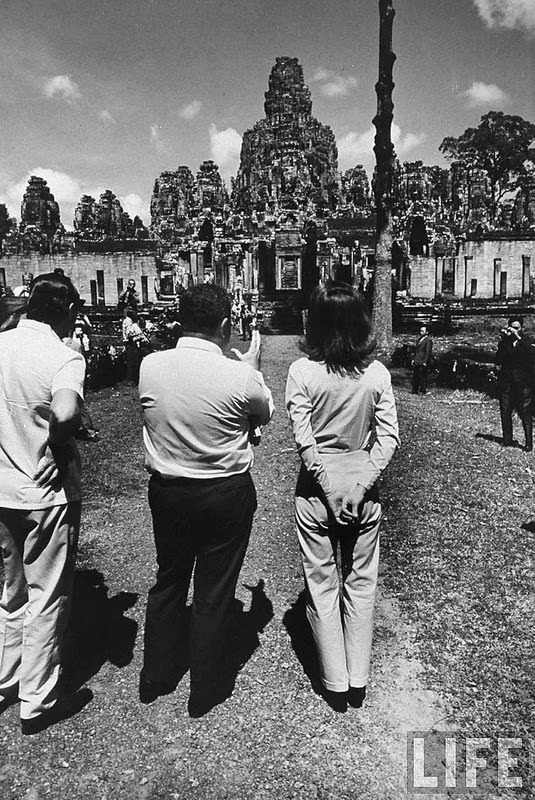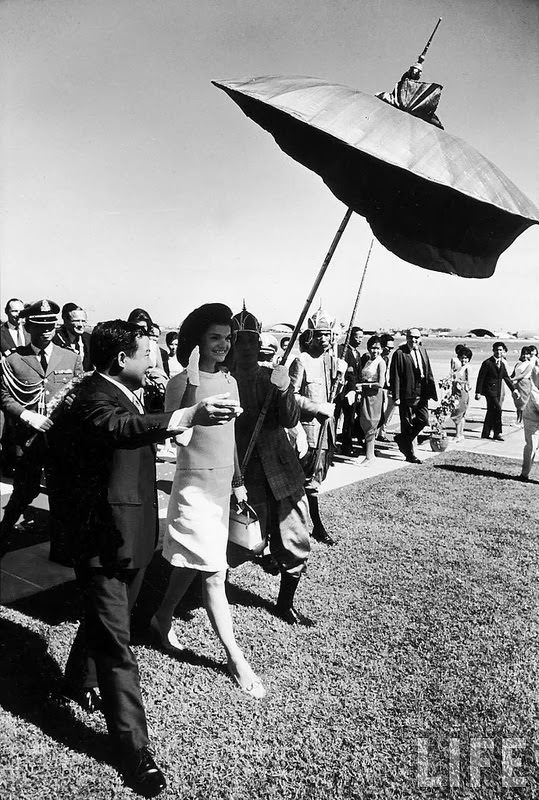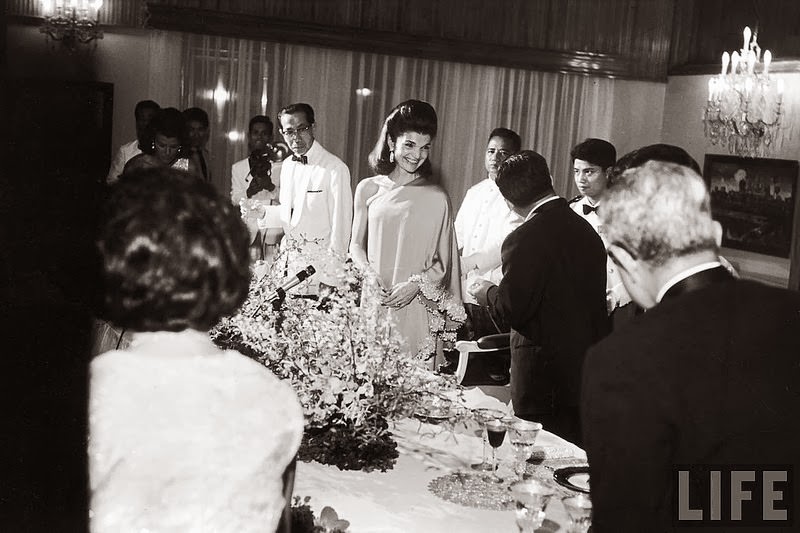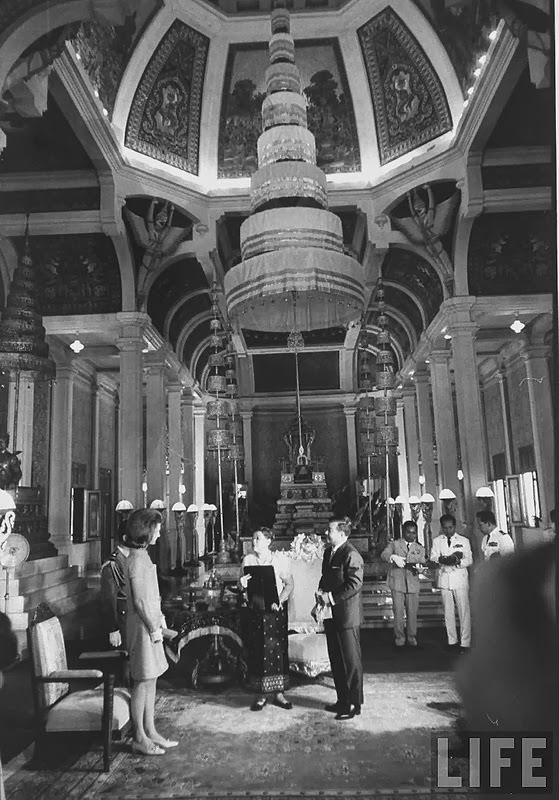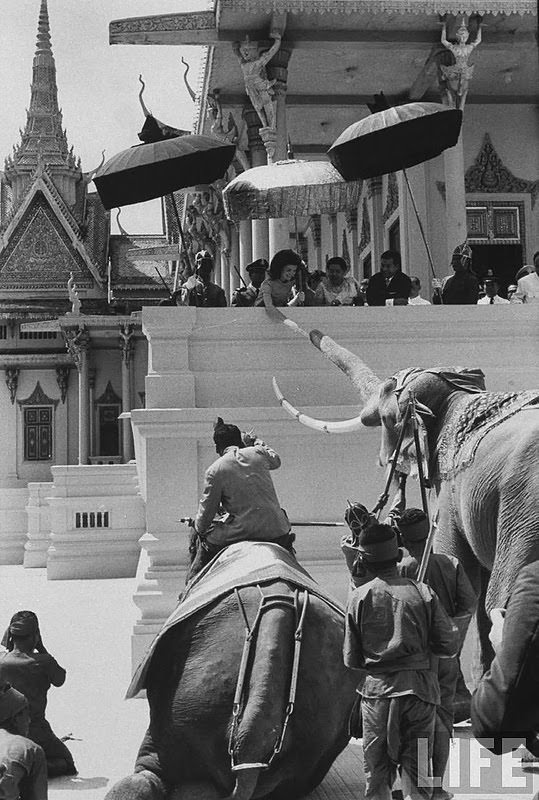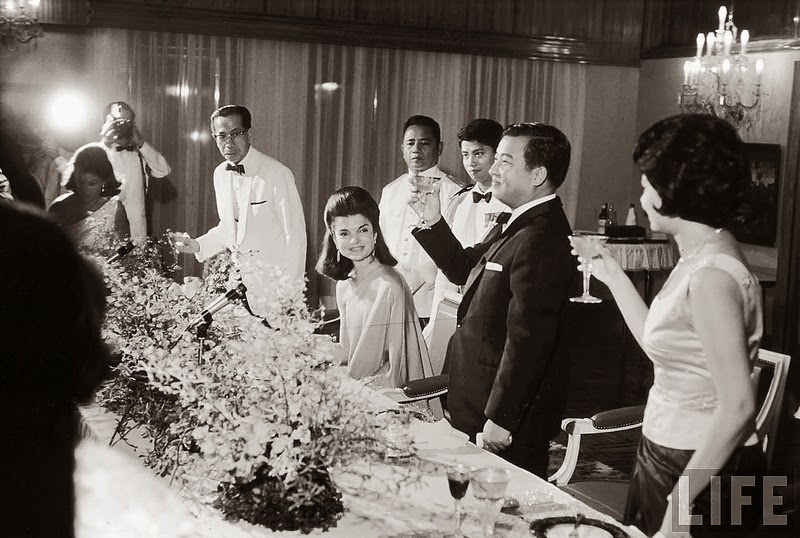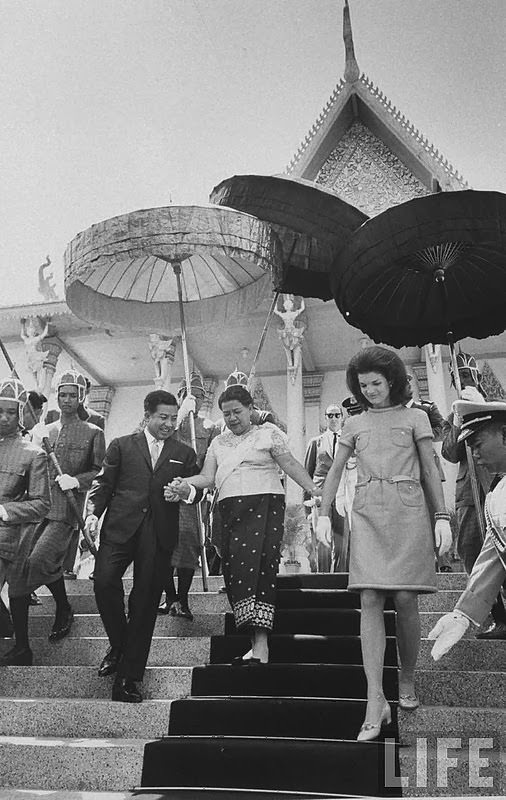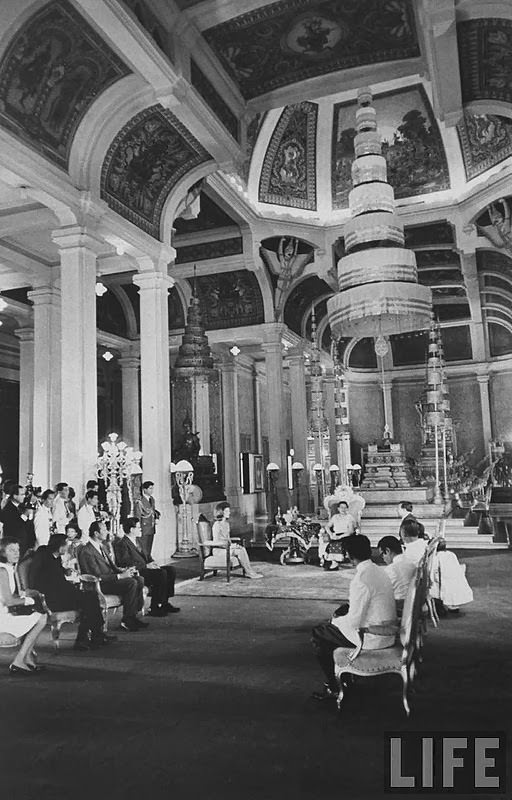In November 1967, Jacqueline Kennedy embarked on a special trip to Cambodia. Her main reason for the journey was deeply personal: it was a lifelong dream for her to see the ancient temple complex of Angkor Wat. This site held a special fascination for her, representing a remarkable achievement of the past.
She arrived in Cambodia, a nation known for its rich history and culture. Her presence in the capital, Phnom Penh, generated considerable attention. Jacqueline Kennedy carried a certain grace and elegance that was famous around the world. This quality was just as recognized in Cambodia as it was in places like Paris or New York. She traveled not in an official government role, but as an “unofficial roving ambassador” for America. This meant her visit was seen as a gesture of goodwill and cultural interest.
During her time in Cambodia, she was received by the country’s leader, Prince Norodom Sihanouk. Meeting with the Prince was a significant part of her visit, adding a layer of formality to her personal quest. These meetings involved official greetings and likely discussions touching upon culture and international relations, though her primary focus remained her interest in the country’s historical treasures.
Read more
The highlight of the trip was the visit to Angkor Wat. This vast temple complex is one of the most important religious sites in Southeast Asia. It was built in the 12th Century by the Khmer civilization, known for its impressive architecture and detailed stone carvings. Seeing these ancient stone ruins was the fulfillment of her long-held desire.
Walking through the grounds of Angkor Wat, she explored the towering stone structures and intricate artwork. The temples are covered in detailed carvings that tell stories and depict scenes from history and mythology. The sheer scale of the complex is immense, and moving through it offers a sense of stepping back in time. She spent time taking in the details of the architecture and the atmosphere of the historical site.
Her visit to the temples was captured in many photographs, showing her moving respectfully through the sacred grounds. Her style during the trip was noted for its elegance and appropriateness for the climate and setting. She wore simple yet sophisticated clothing that allowed her to navigate the temple grounds comfortably while maintaining her well-known poise.
The trip was purely focused on culture, history, and her personal passion for seeing Angkor Wat. She toured various parts of the complex, observing the different temples and structures within the vast site. The visit provided a moment of cultural exchange and highlighted the universal appeal of historical wonders like Angkor Wat.


